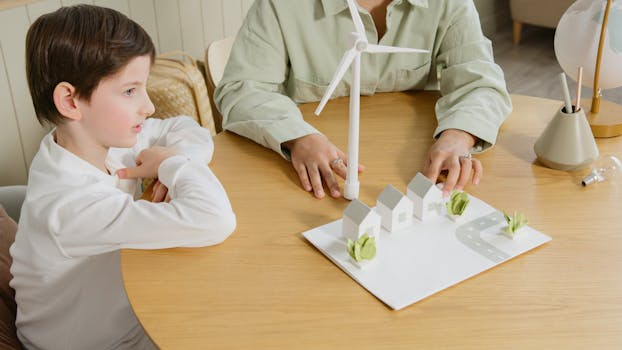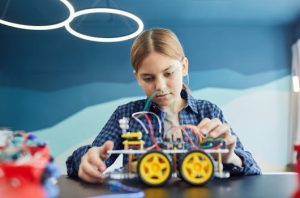3D-Printed Science Models: Affordable Hands-On Learning
The world of science can seem daunting to many, filled with complex concepts and abstract theories. But what if there was a way to make learning science more hands-on and engaging? Thanks to the advancements in 3D printing technology, educators and students alike can now experience the benefits of creating and using 3D-printed science models. These models offer a cost-effective and interactive way for students to explore scientific concepts and theories, allowing for a deeper understanding and appreciation of the subject. Let’s dive into the world of 3D-printed science models and discover the benefits of affordable hands-on learning.
The Power of 3D Printing in Education
With 3D printing becoming more accessible and affordable, it has become a game-changer in the world of education. This innovative technology has opened up new possibilities in teaching and learning, and science education is no exception. Gone are the days of relying solely on textbooks and diagrams to understand complex scientific concepts. 3D printing allows educators to create detailed and accurate models of scientific structures, enabling students to see and touch what they are learning about.
Cost-Effective and Time-Efficient
One of the major advantages of 3D-printed science models is their affordability. Traditional educational models can be costly and time-consuming, making them out of reach for many students and schools. With 3D printing, models can be created at a fraction of the cost, making them more accessible to a wider range of learners. This cost-effectiveness also allows for quick and easy replacement of models, removing the need for costly repairs or replacements.
Engaging and Interactive Learning
3D-printed science models have revolutionized the way students learn and interact with science. By being able to hold and manipulate a physical model, students can better understand the intricacies of scientific structures and concepts. This hands-on approach to learning makes science more engaging and promotes critical thinking and problem-solving skills. As a result, students are more likely to remember and apply the knowledge they have gained.
Enhanced Visual Learning
For many students, visual aids are crucial in understanding complex concepts. With 3D printing, educators can create accurate and detailed models that provide a visual representation of scientific structures and processes. By seeing and touching these models, students can better understand how things work and recognize patterns and relationships between different elements. This enhances the visual learning experience and can improve overall comprehension of scientific concepts.
Real-World Applications
The benefits of 3D-printed science models extend beyond just the classroom. These models also have real-world applications in industries such as medicine, engineering, and architecture. By using 3D printing technology in education, students are gaining valuable skills that are in high demand in the job market. They are also being exposed to the latest technology, preparing them for the future workforce.
The Future of Science Education
As technology continues to advance, the use of 3D printing in education is expected to grow. With its increasing accessibility and affordability, 3D printing has the potential to change the face of science education. It promotes a deeper level of engagement and understanding in students, making learning more enjoyable and effective. The use of 3D-printed models can also inspire young minds to pursue careers in fields related to Science, Technology, Engineering, and Mathematics (STEM).
Conclusion
3D-printed science models have proven to be an essential tool in the education of today’s students. The benefits of affordable hands-on learning offered by 3D printing technology cannot be denied. It not only enhances the learning experience but also promotes critical thinking, problem-solving, and prepares students for the workforce of the future. As this technology continues to evolve, the possibilities for its use in education are endless. With 3D-printed science models, students can now explore the wonders of science in a whole new way.







